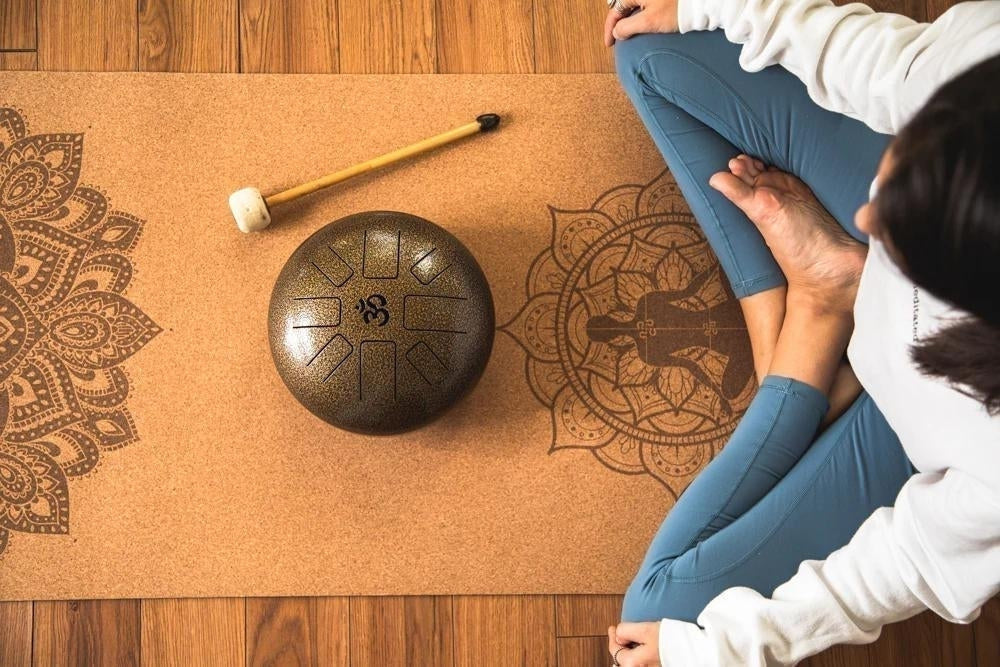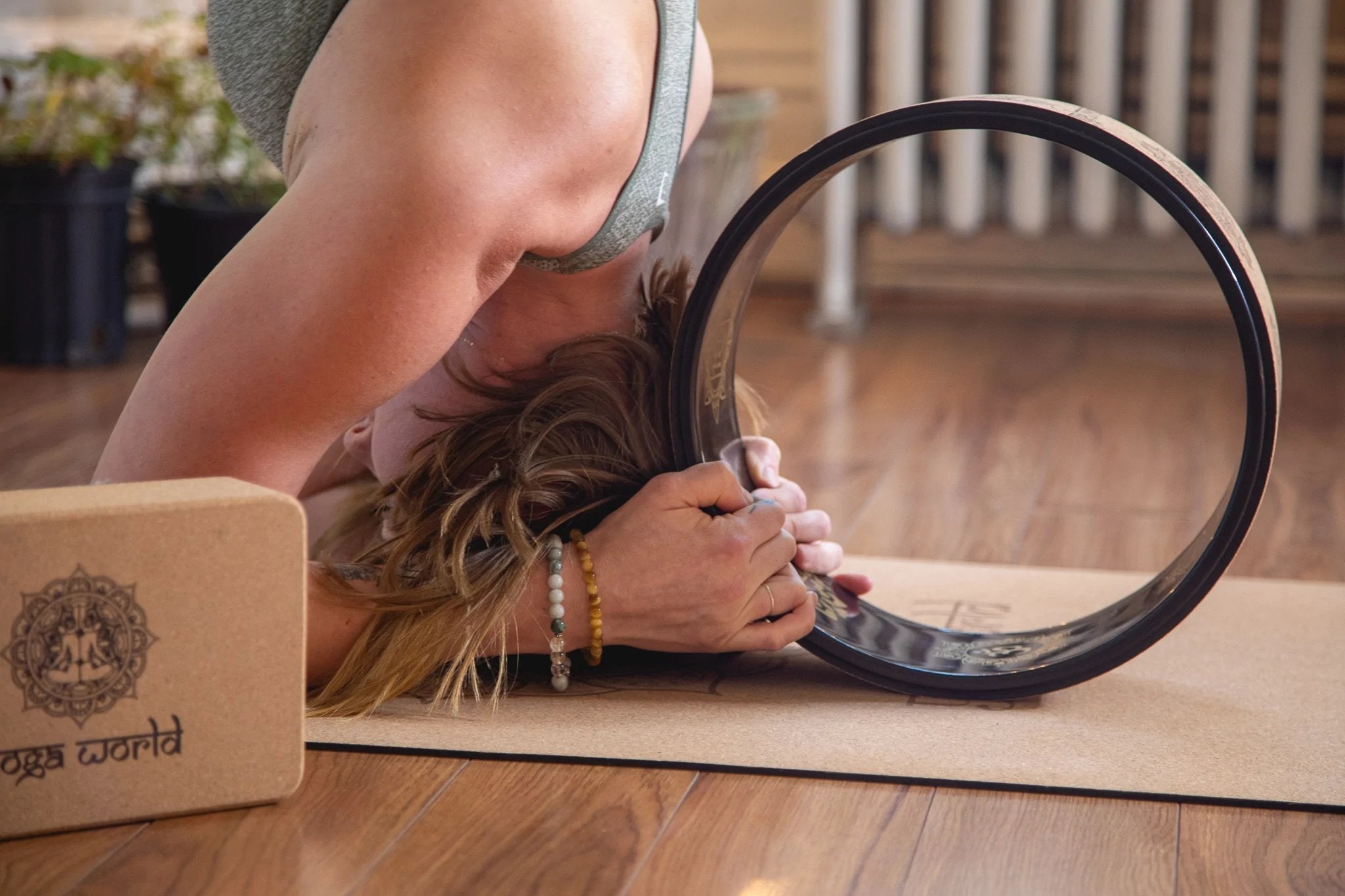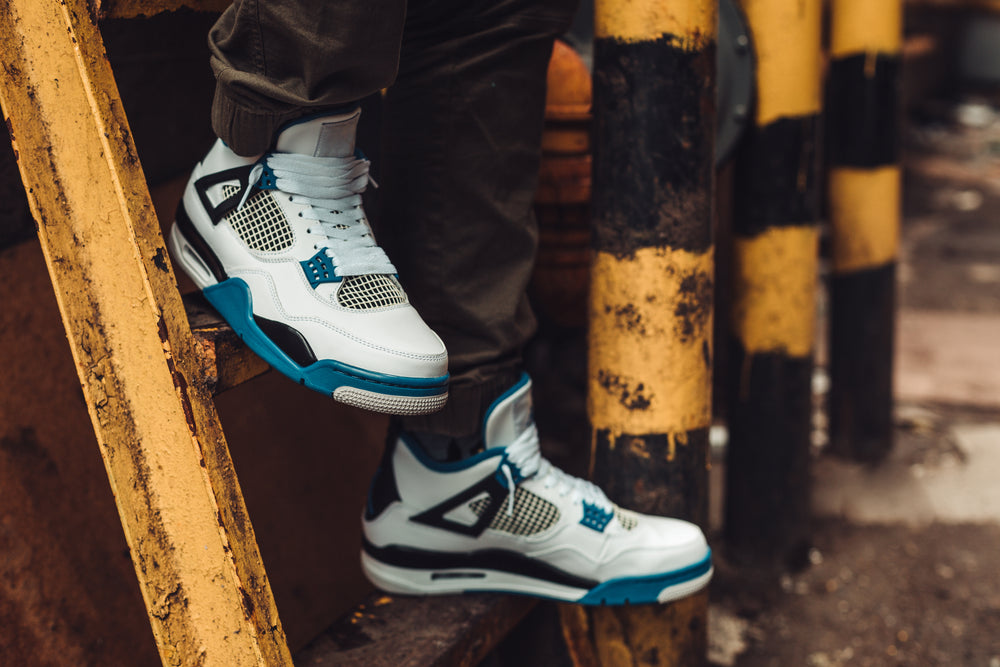Shoes have always been our trusty companions, carrying us through countless miles along life's journeys. Yet, when we're done with them, what becomes of these faithful companions?
Nike has answered this question with the ISPA Link Axis, a revolutionary leap towards creating fully circular shoes.
This footwear not only offers a brand-new look and feel but also addresses the pressing concern of waste reduction and sustainability in the fashion industry.
They represent a significant shift in the way we think about footwear. Its core philosophy is rooted in the idea that every part can be recycled. In the past, shoes were designed with little consideration for their end of life impact on the environment. New shoes challenge this norm by embracing a vision of progress over perfection, creating a product with a second life.
One of the key principles driving the design of new sneakers is modularity. By using interlocking components, it has been made easier to disassemble and recycle the shoe's various parts. This approach not only reduces waste but also paves the way for a more sustainable future where shoes can be easily refurbished, repurposed or recycled.
In addition to modularity, trainers have employed the principle of waste reduction by using as few materials as possible. This thoughtful design choice minimises the environmental impact associated with production and disposal. The result is a shoe that not only looks and feels great but also aligns with our collective responsibility to protect the planet.
An exciting aspect of evolving technology is the absence of glue in its construction. This means that the different components of the shoe can be separated more easily, making recycling and reuse far more feasible. The commitment to eliminating glue in shoe manufacturing is a crucial step in reducing the environmental footprint of footwear.
Waste reduction doesn't stop there. By continuing to explore innovations in waste reduction, teams aim to reduce excess inventory and minimise the production of shoes that may never find a home. This approach not only reduces waste but also demonstrates the industry’s dedication to making responsible choices at every stage of the shoe's lifecycle.
It's important to note that it isn't just about sustainability; it's about pushing the boundaries of footwear design. Utilising sensations highlighted by a "blown" plastic midsole and mechanical air cushioning, this combination provides the perfect balance of responsiveness and bounce, ensuring that wearers feel good about their environmental choices.
But what does all of this mean for the future? It means that brands are pioneering a new era of sustainable fashion. It is more than just a shoe; it's a statement of intent. It challenges the industry to think differently, to consider the environmental impact of every design choice and to embrace circularity as the way forward.
Imagine a world where shoes are not just disposable fashion items but valuable resources that can be repurposed and recycled. This future is within reach, thanks to the dedication to reducing waste and pushing the boundaries of sustainable design is a beacon of hope in a fashion world that often prioritises trends over ethics.
In conclusion, it represents a significant step towards a more sustainable and circular future for footwear. Its focus on waste reduction, modularity and responsible materials choices sets a new standard for the industry. While new technology makes shoes undoubtedly stylish and high performance, it's also a testament to the dedication to improving our world.
Future shoes remind us to imagine what comes next and to be excited about the possibilities of a more sustainable future for fashion and beyond. It's a reminder that we can, and should, strive for progress over perfection.














Leave a comment